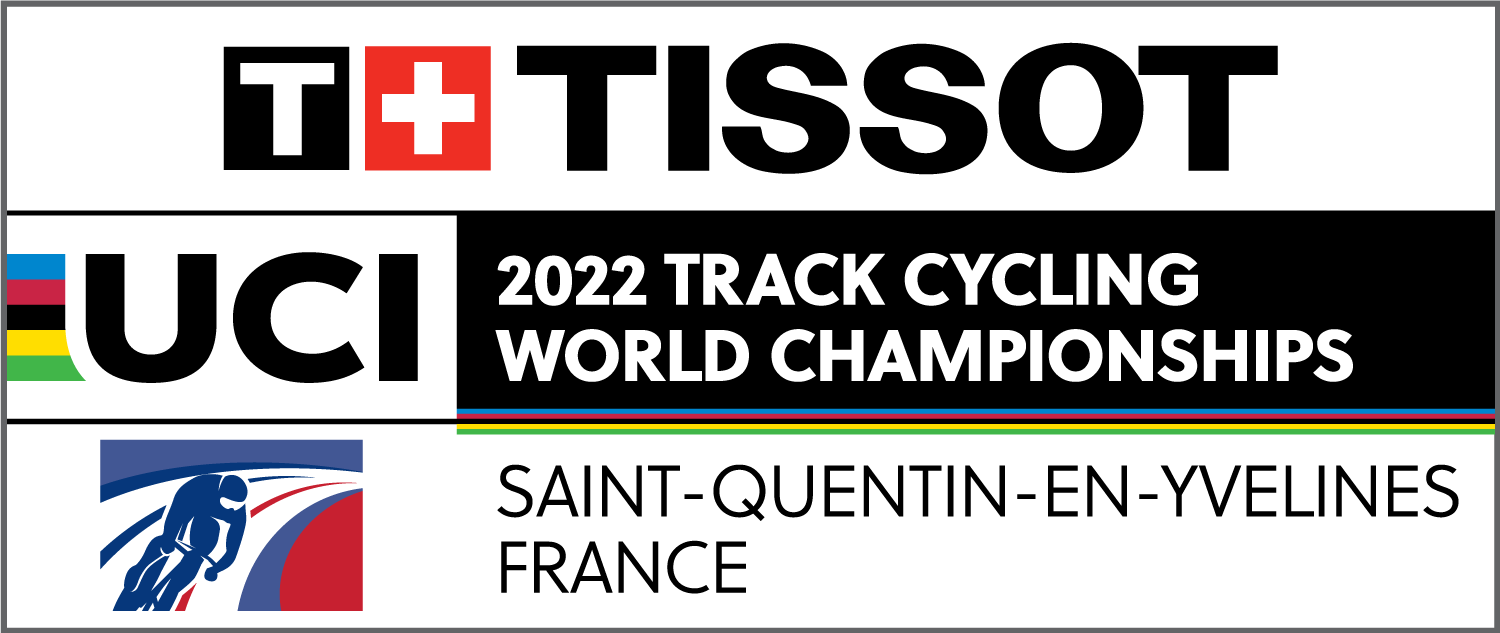On August 18, 1975 Mark Donohue (USA) had a tragic accident during the practice session for the Austria Grand prix at the Österreichring.
The tyre of his Formula 1 car failed and he impacted the catch fence, unfortunately killing a track marshall. Donohue did not appear to be injured but a headache developed and walked away. He passed away a day after due to a cerebral hemorrhage.
Fast forwarding over 4 decades the trauma protocols in sport have vastly improved yet there is still a long way to go. Last month the The International Football Association Board confirmed the launch of concussion substitute trials (IFAB).
Some leagues will start to adopt this measure, where (up to 2, usually) players can be substituted if with concussion-like symptoms, not affecting the total allowed changes in a match.
A new research just released by the University of Birmingham in the British Journal of Sports Medicine concluded that athletes diagnosed with concussions had unique signatures that could be identified on their saliva post-game.
If it is true that concussions can be detected with such a study this could be a historical breakthrough in sports medicine that could potentially prevent tragedies such as the one that cost Donohue’s life, if proper, prompt attention is given to the symptoms.
We still do not have the technology to immediately detect concussions in-game except for the very obvious cases. Technically a rule like the one that is being tested by the IFAB could be abused however the meagre possibility of someone acting in bad faith is not a good reason not to fully adopt a standard that would significantly reduce moral-hazard decisions where the currency at stake is a sportsperson’s health.
We shall always err on that side. More breakthroughs should come in this regard but these are steps in the right direction.




